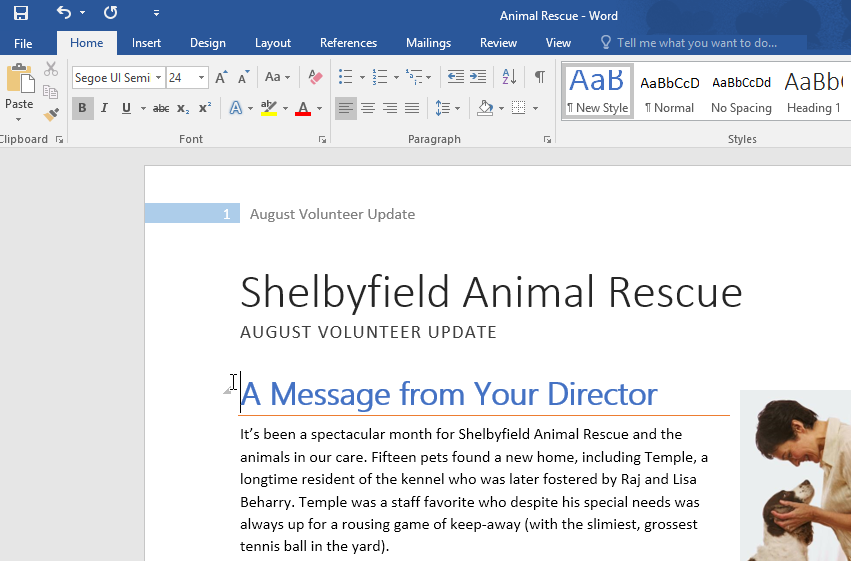

* TR - alternating rows of web part */ # MSOZoneCell_WebPartWPQ2. * = List text CSS = */ /* item description text */ # MSOZoneCell_WebPartWPQ2. * color for non-sortable column headings */ # MSOZoneCell_WebPartWPQ2. * = Column headings = */ /* color for sortable column headings */ # MSOZoneCell_WebPartWPQ2. * selected (clicked) web part background */. * hide the gray line above "add new" link */ # MSOZoneCell_WebPartWPQ2. * TD - paging area at the bottom */ # MSOZoneCell_WebPartWPQ2. * = Web part background CSS = */ /* TD - background for all except the title bar of web part */. * web part check box of right side */ # MSOZoneCell_WebPartWPQ2. * TD – Left and right corner cells of title bar */ # MSOZoneCell_WebPartWPQ2. * H3 - Text in title bar of web part */ # MSOZoneCell_WebPartWPQ2. * = Title bar CSS = */ /* TR - title bar for web part */ # MSOZoneCell_WebPartWPQ2.

Set the Chrome Type as None of the added Content Editor Web Part.Now add a Content Editor Web Part by go to edit mode of the page.
“2” is the ID of “Emergency” web part in my web page.
#Apply lines stylish style set update#
The best part about line styles is that they update automatically when the text or the text frame changes.

For example, you can add a drop cap to the line, which can use a different character style: Of course, you can always add more formatting, too. If you want the style to apply to more than one line, click the “1” in the third column and change it to some other number. More after the jump! Continue reading below↓įree and Premium members see fewer ads! Sign up and log-in today. Yes, that means you need to create a character style-but if you don’t have one, you can choose New Character Style in the popup menu and make one “on the fly.” The trick to making a line style is to click on the New Line Style button, then choose a character style from the popup menu on the left column. But because you’d normally use this for a paragraph style, you can look at the bottom of the Drop Caps and Nested Styles pane of the New Paragraph Style (or Paragraph Style Options) dialog box: The Line Styles feature is hiding inside the Drop Caps and Nested Styles dialog box (which you can find in the Control panel menu, or the Paragraph panel menu). Or to make the first four lines of a magazine article bold. I’m not talking first character (for which you’d use a drop cap), or the first word or sentence (for which you’d use Nested Styles)-I mean literally the first line.įor example, you might want to apply small caps to the first line of a chapter. Most users don’t realize that InDesign lets you apply formatting to the first line of any paragraph.


 0 kommentar(er)
0 kommentar(er)
